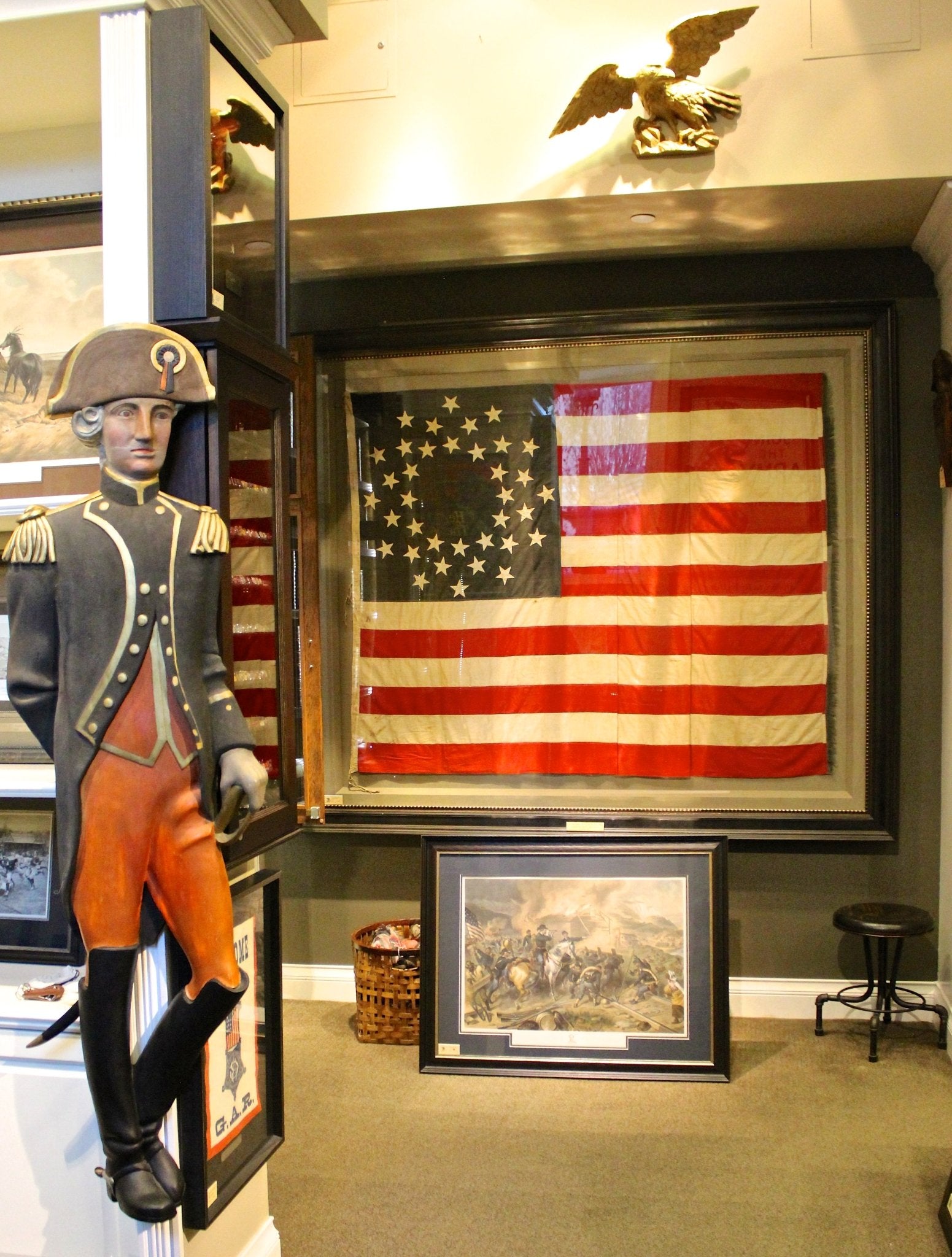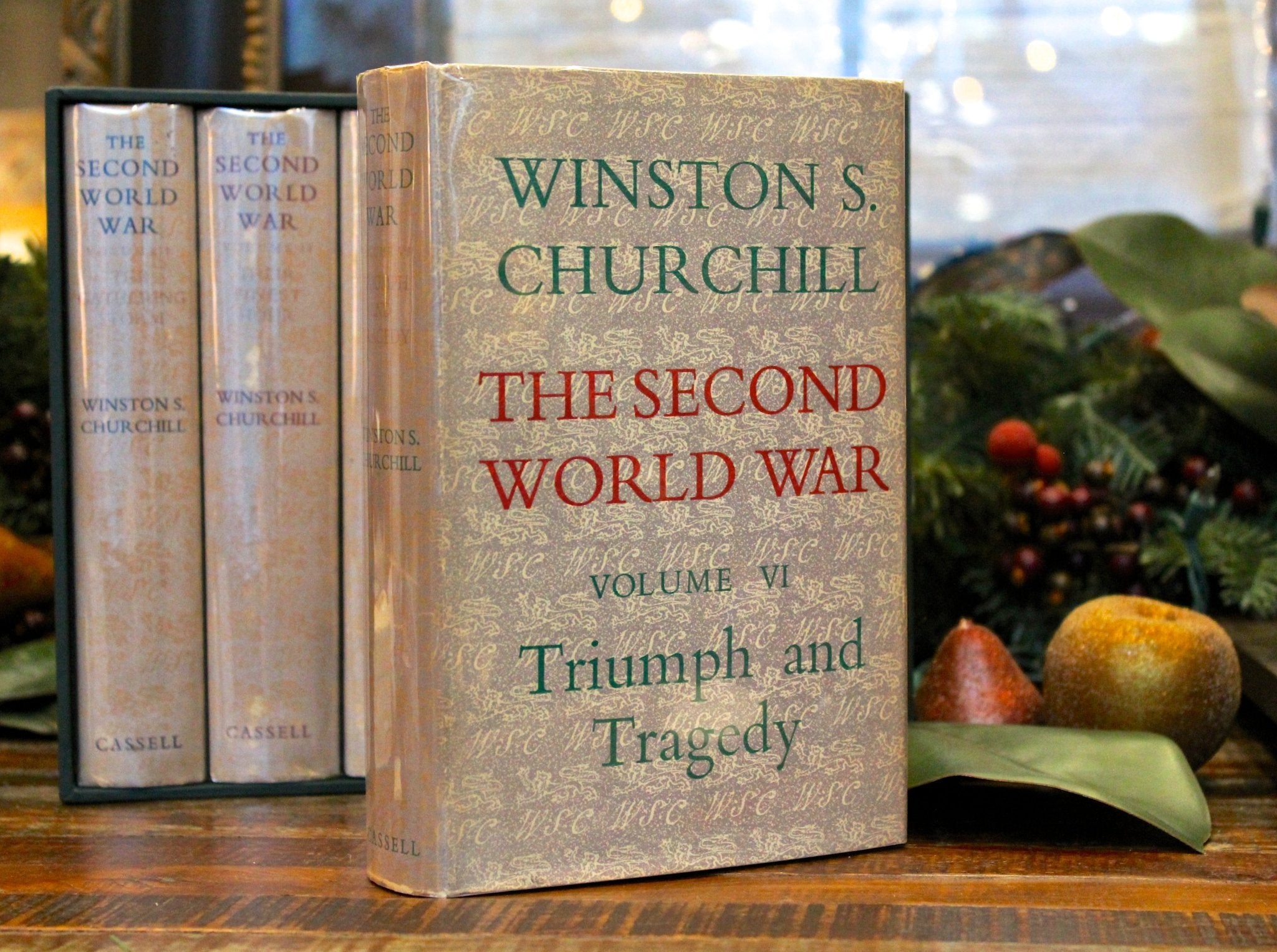A Look into The White House Cook Book
With Thanksgiving in mind, we are highlighting our informative 1887 White House Cook Book.
Whether you like a traditional chicken pot pie or you crave a more daring ox-tail soup, this cookbook provides a how-to for any successful meal. With these 19th century recipes, it’s easy to make a memorable dinner. For example, an enjoyable evening’s menu could look something like this:

Cookbooks experienced a huge surge in popularity in the late 19th century. Due to population movement, industrialization, and social change many household manuals, social instruction handbooks, and cookbook were published. Even the White House Cook Book includes two sections on housekeeping tips and “Facts Worth Knowing.” Useful information such as proper table etiquette and how to cure the “hiccoughs” are provided to run an effective household whether it is for entertaining or health-related.

Before the 19th century, cookbooks were uncommon and typically reserved for the elite. Not only was illiteracy widespread, but most people simply didn’t need them. Recipes were passed down through families or learned from watching others. However, the 1800s saw a great deal of upheaval that interrupted these traditions. Not only were new immigrant populations bringing in new cuisines, but people moving westward quickly came to realize that if information is not written down then it can easily be forgotten during a life change. The decades following the Civil War saw a significant boom in cookbook sales in the south. As previously enslaved people fled the area, an original American cuisine now called “pre-war plantation cookery” was almost completely lost. Cookbooks like this were extremely popular with a class of people that suddenly needed to learn to cook and run a household themselves but were sold everywhere in the U.S.

The White House was meant to be the supreme American example of a great household. People across the country looked to the president’s house as a guide to how they should eat and act during proper meals. Great events were held at the White House such as State Dinners and the first foreign monarch to attend a dinner hosted by a U.S. President and his wife was King David Kalakaua of the Sandwich Islands in 1874. While other instructional cookbooks were being published, if one wanted the most up-to-date and proper version, then the White House Cook Book was the correct choice.
Roast turkey, 71 (then leftover turkey hashed), 73
Baked Sweet Potatoes, 176 and string beans, 185
Virginia Brown Bread, 217 or Indian Loaf Cake, 220
Irish Apple Pie, 290 or Three different Pumpkin pie recipes, 299 lemon dumplings, 343






